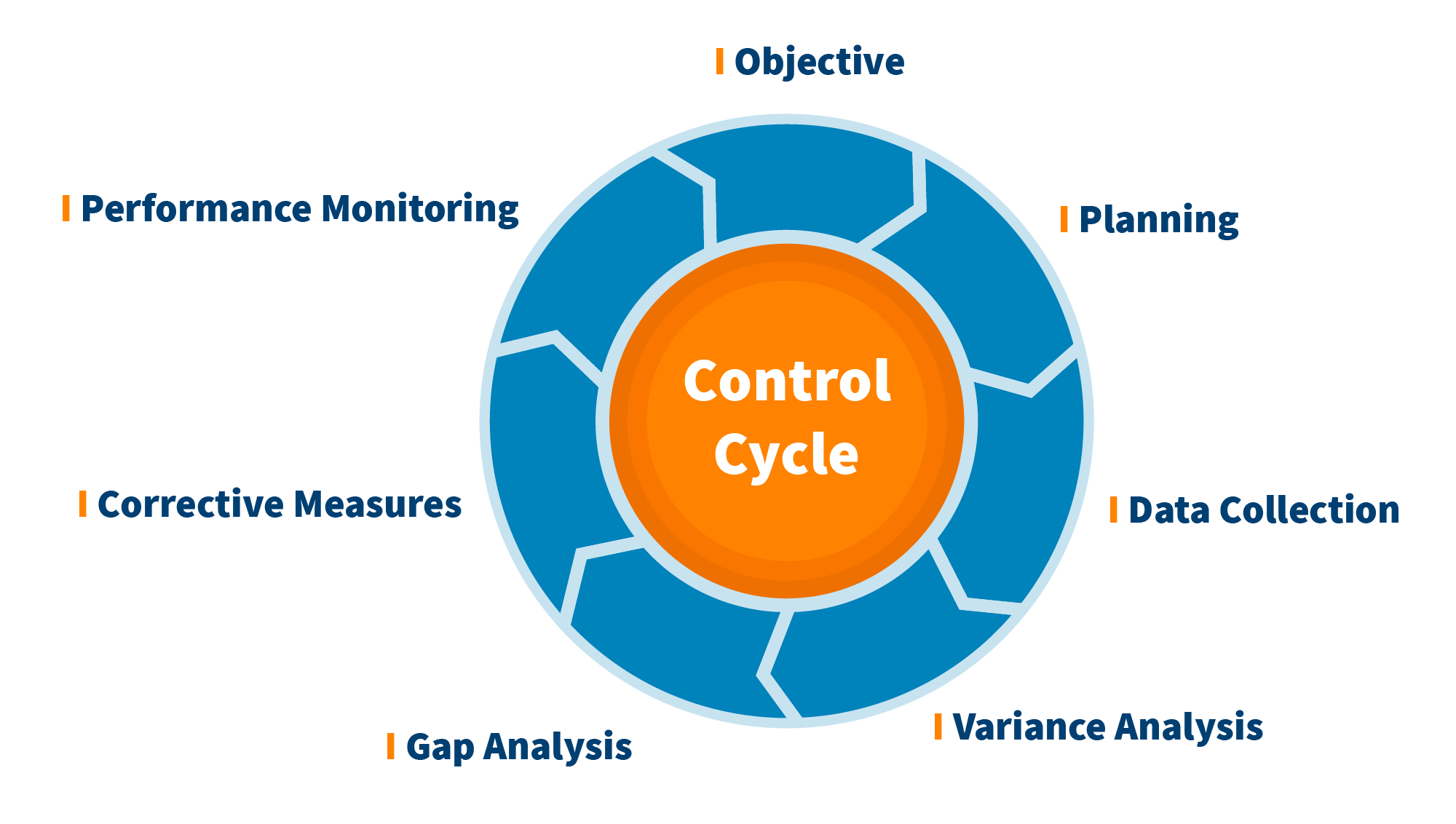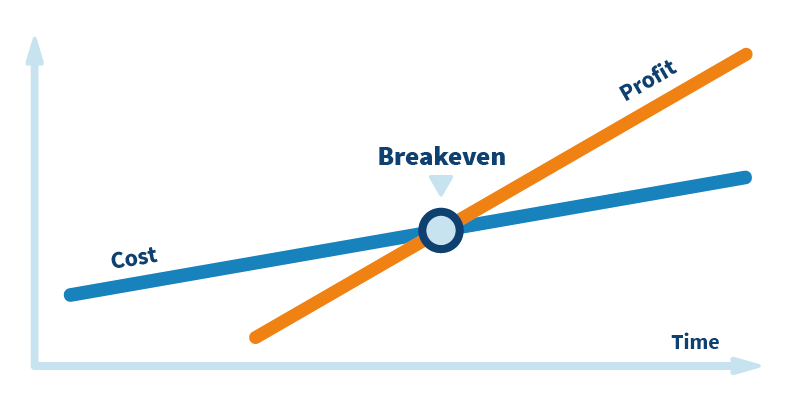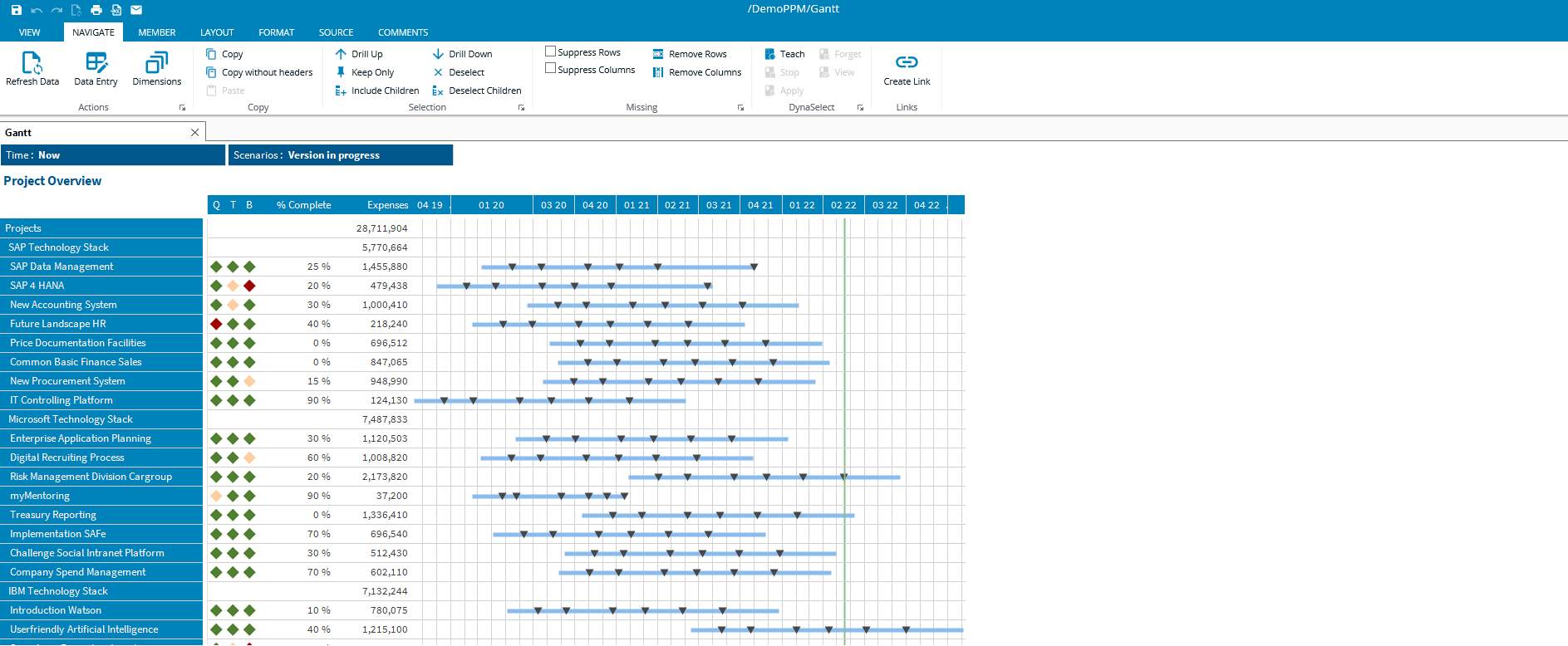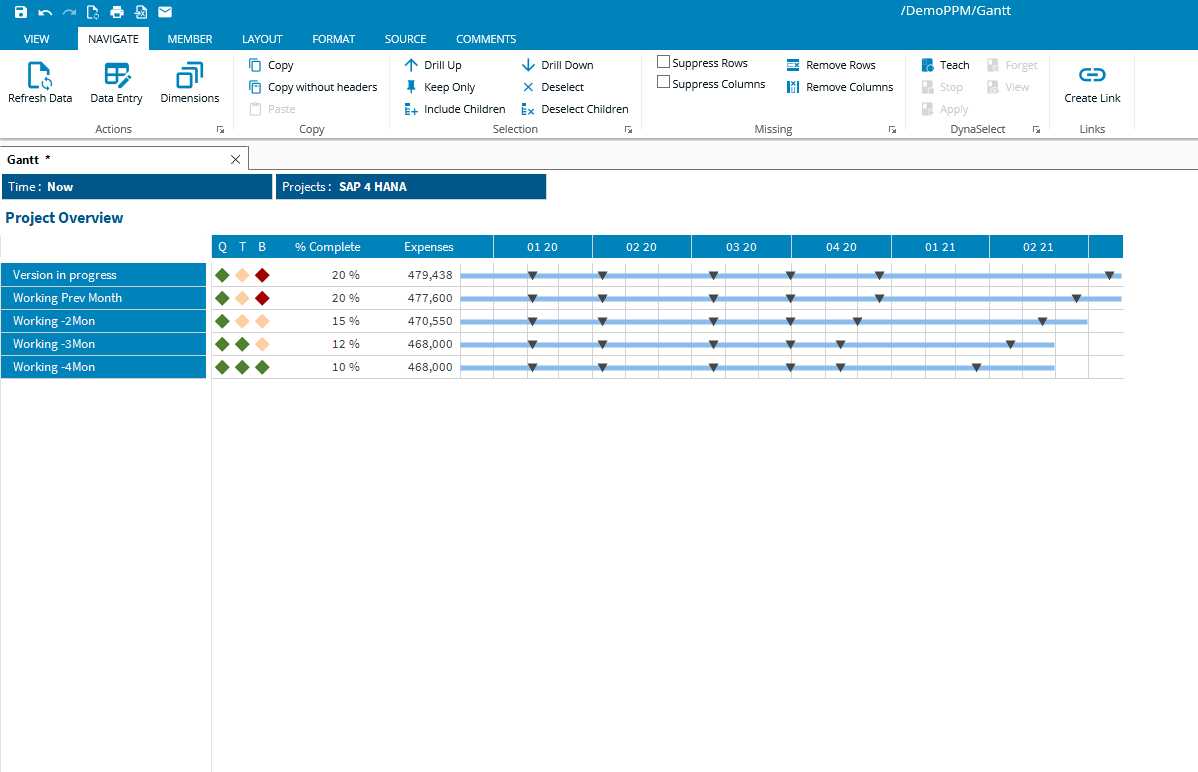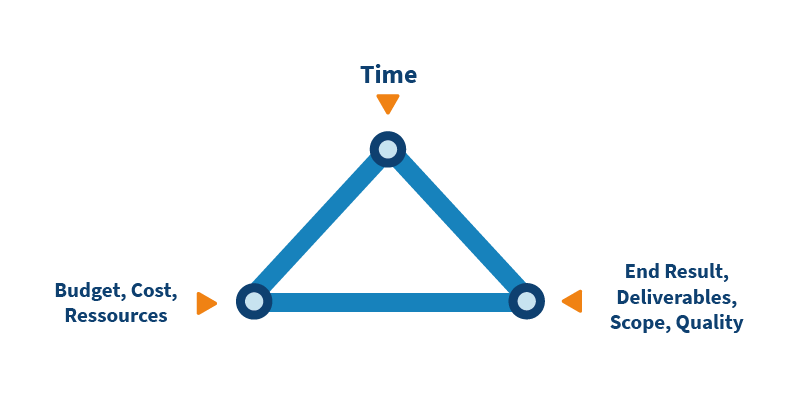What is project portfolio management?
The complete collection of all ongoing projects of a company is called the project portfolio. Every project ties up resources. And while they are tied up, these resources cannot be invested in other projects.
Portfolio management is the active management of the project portfolio with the goal to identify the most attractive course of action. Which projects shall we start, stop or put on hold?
Simulating and forecasting multiple if-then scenarios
Portfolio analysis provides the relevant facts as a basis for decision-making. You can simulate potential portfolios including all their project candidates and analyze their impact on future earnings, resource and investments requirements.
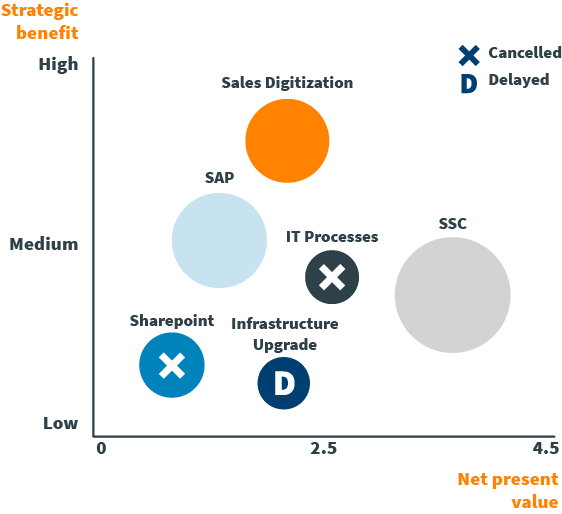
Resource management looks at the available human resources and how they can be best allocated to the various projects in view of headcount and skills. Capacity management, on the other hand, looks at the future. Its goal is to build up the capacity in the teams that is needed long-term to invest in opportunity projects and to meet strategic innovation objectives.
A common pitfall is that the capacity for project work differs from department to department. Digitalizing sales, including a new route planner app for external appointments, may essentially be an IT project, but it should not be developed without sales involvement. However, the stakeholders in the sales team are usually totally immersed in their day-to-day activities. Here, freeing up time for the IT project is key to be able to work across departments. A good project planning tool provides visibility into this dependency and enables predictability.
Project Scoring – objective criteria for project decisions
An objectified portfolio management requires comparability. Every project needs to be evaluated according to the same criteria and assessed for opportunities, risks and prospects - not only new and future projects but also already existing ones. It may be more profitable to accept sunk costs and write off a project that has started rather than completing it, if this frees up resources for projects that will help your company to get and stay ahead in the long run. However, you need complete visibility into the actual sunk costs and how they compare to the potential yield. This is what project scoring in a good project controlling software provides you with.
People and organizations often have difficulties admitting failure and pulling the plug. Instead, they turn a blind eye and see pointless projects through. Berlin's airport project (BER) is a textbook example of this. It is much easier to avoid the sunk cost fallacy when you have complete visibility and the costs and opportunities of all projects - new and old - are clearly spelt out for you in black and white. Controlling tools that monitor and track project success rates also help you to understand what types of projects are most likely to perform well in future.
Project scoring criteria – the most important KPIs of project performance
The criteria for comparing projects and finding the most suitable candidates for investment can vary depending on company, industry and market. A couple of examples:
- Strategic fit – Does the project support your current corporate strategy? Is the focus on technology leadership or customer satisfaction? Do you want to build a brand or strengthen customer loyalty? Which project better fits your organization's direction?
- Risk diversification – Milking the cash cow is less innovative, but safe in the short term. In contrast to that, innovation is always a risky business. Though, if done right, will yield dramatically higher results. While innovation can disrupt a previously successful business model, it can also ensure your company's sustainability. When looking at the complete portfolio of projects, finding the right mix of risks is key. If too many of your existing business activities are on the safe side, an innovation project will be more attractive. But if 70 percent of your investments are already in risky bets with an uncertain outcome, a more down-to-earth project with a reliable profit will be the better choice.
- Market potential – Is the overall market growing in the product segment? And to what extend could your company's market share increase as a result of the project? These questions are particularly interesting for research and development organizations, i.e. in the R&D environment. You can compare projects for different markets in the same way as you would within the same segments. Which project promises a bigger market share?
- Cost and resource requirements – Regarding funds, human resources, materials, and tools, how much do you presumably need to implement the project? What is the size of the investment and what are the financing needs? Which project costs less, assuming the other criteria are comparable?
- Profitability– How probable is a positive return? Which project promises a higher return on investment (ROI)?
- Net Present Value (NPV) – Positive interest rates assumed, the earlier a project generates prospective revenues the higher their value. According to the NPV rule, the value of future (uncertain) revenues must therefore significantly exceed the amount that needs to be invested in the project today. The NPV expresses the profitability of a project in an absolute number. It is also possible to calculate the project's annual rate of return as a percentage using the relative Internal Rate of Return (IRR).
- Amortization, payback period, or period of return of capital – How long does it take to recoup the funds invested in the project? Supposing there are two projects: One will break even in six months, the other in three years. If the projects are strategically equal, management will always opt for the one with the earlier breakeven point. The longer the time horizon the higher the potential for risks. In addition, a short payback period frees up resources faster and makes them available for other attractive projects.
- Breakeven point – Similar to the payback period, this can be the point in time at which your company has recovered the project costs via revenues or saved costs. The criteria are company-specific and the decision-makers should jointly establish them.

